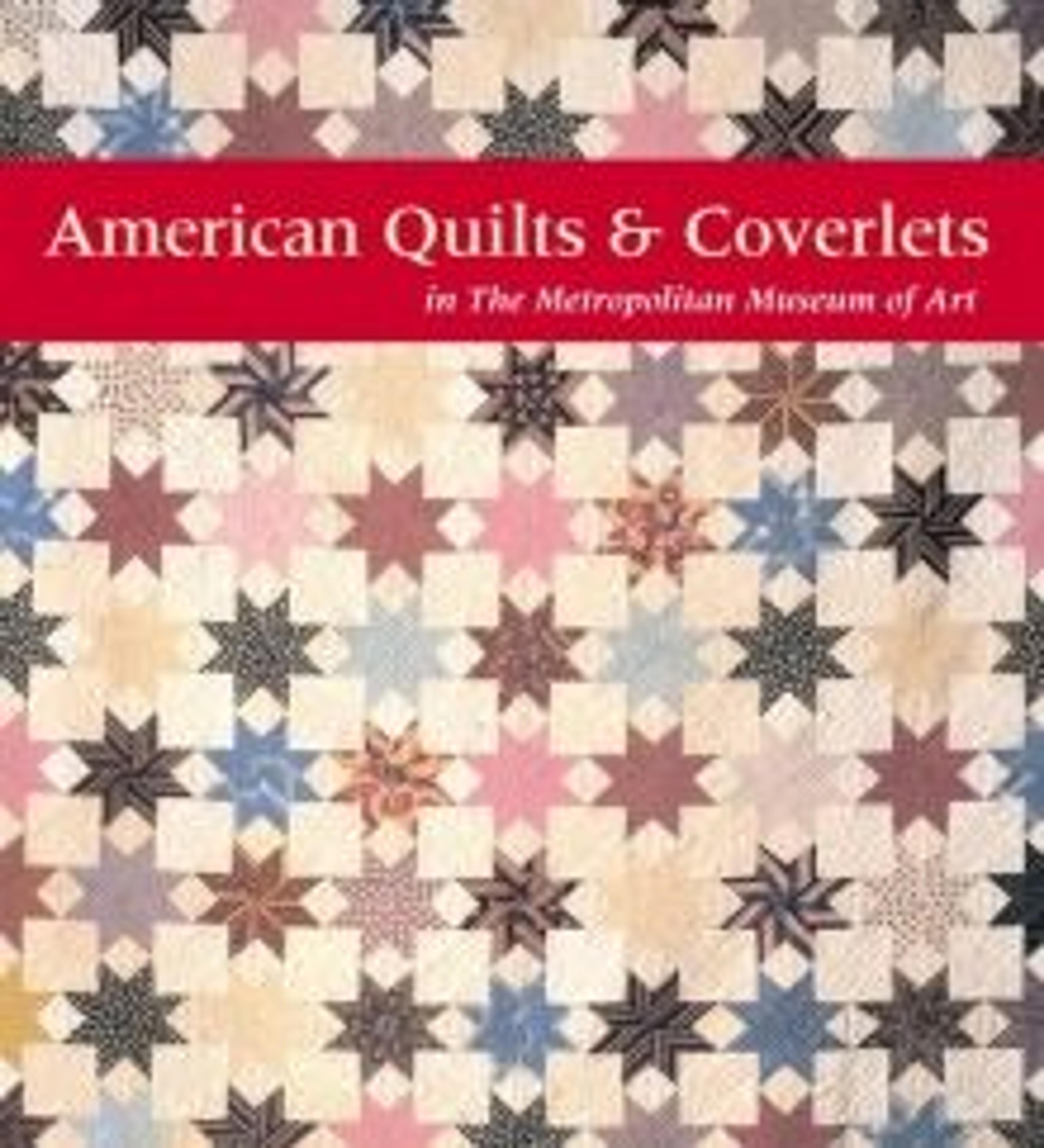Quilt, Wholecloth calamanco
The top of this quilt, as well as four others in our collection (1998.105; 45.107; 62.26; 1980.454) are made from calimanco, a glazed all-wool fabric. For many years, calimanco quilts were mistakenly called "linsey-woolsey" quilts. A cloth usually woven in the home, linsey-woolsey has a linen warp and a woolen weft and was used primarily for clothing. It is not clear why calimanco quilts were so often referred to as linsey-woolseys by collectors and quilt historians during the late nineteenth and early twentieth centuries. Calimanco was a professionally manufactured product that, in its fancier guises, was also most often used for clothing. During the eighteenth century, English calimanco was available that was patterned with multiple colors, stripes, flowers, or brocades. Most calimanco quilts found in the United States are generally quite similar to this piece in that they usually have single-colored, plain-weave tops that are decorated solely by quilting. For the most part, the quilting found on this type of bedcover is quite intricate, and because the glazed wool is shiny, light plays across the high and low areas of the quilting, making the designs more apparent to the eye.
Many calimanco quilts can be dated to the middle of the eighteenth century, but the bold meandering feather vine that enlivens the surface of this quilt became a favorite pattern during the Federal period, suggesting that it was made in the final decades of the eighteenth century. When the Museum purchased it in 1958, the piece was said to have a New York State history, but this has not been confirmed. It is inscribed under the central medallion with the embroidered letters "L M & W D". This quilt has a rust-colored backing fabric that matches the top, but it is more coarsely woven than the top fabric and may have been domestically woven and dyed.
Many calimanco quilts can be dated to the middle of the eighteenth century, but the bold meandering feather vine that enlivens the surface of this quilt became a favorite pattern during the Federal period, suggesting that it was made in the final decades of the eighteenth century. When the Museum purchased it in 1958, the piece was said to have a New York State history, but this has not been confirmed. It is inscribed under the central medallion with the embroidered letters "L M & W D". This quilt has a rust-colored backing fabric that matches the top, but it is more coarsely woven than the top fabric and may have been domestically woven and dyed.
Artwork Details
- Title:Quilt, Wholecloth calamanco
- Date:ca. 1780
- Geography:Possibly made in New York, United States
- Culture:American
- Medium:Wool
- Dimensions:96 1/4 x 90 1/2 in. (244.5 x 229.9 cm)
- Credit Line:Rogers Fund, 1958
- Object Number:58.41
- Curatorial Department: The American Wing
More Artwork
Research Resources
The Met provides unparalleled resources for research and welcomes an international community of students and scholars. The Met's Open Access API is where creators and researchers can connect to the The Met collection. Open Access data and public domain images are available for unrestricted commercial and noncommercial use without permission or fee.
To request images under copyright and other restrictions, please use this Image Request form.
Feedback
We continue to research and examine historical and cultural context for objects in The Met collection. If you have comments or questions about this object record, please contact us using the form below. The Museum looks forward to receiving your comments.
